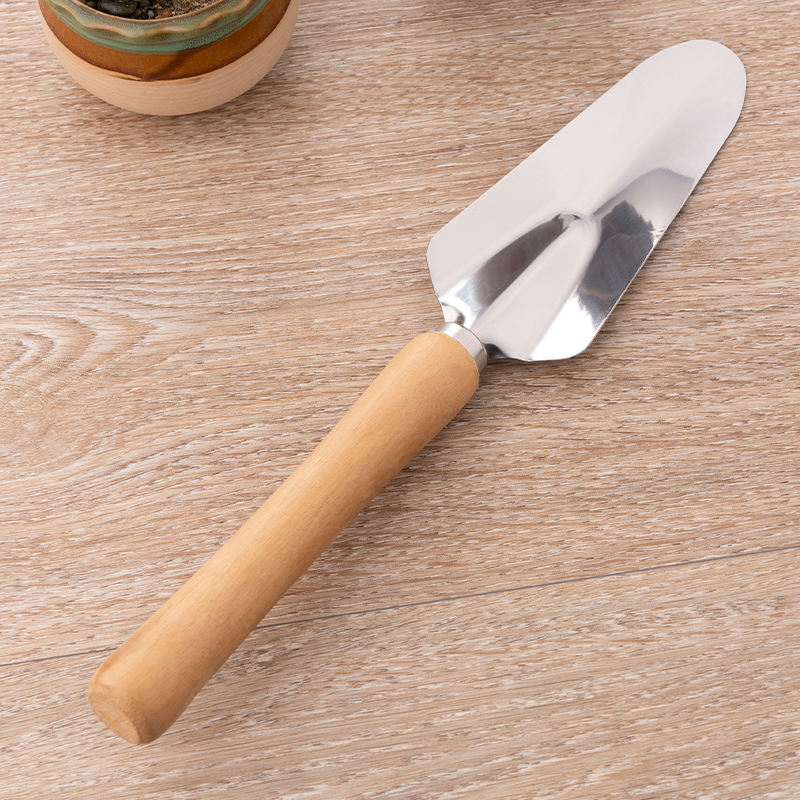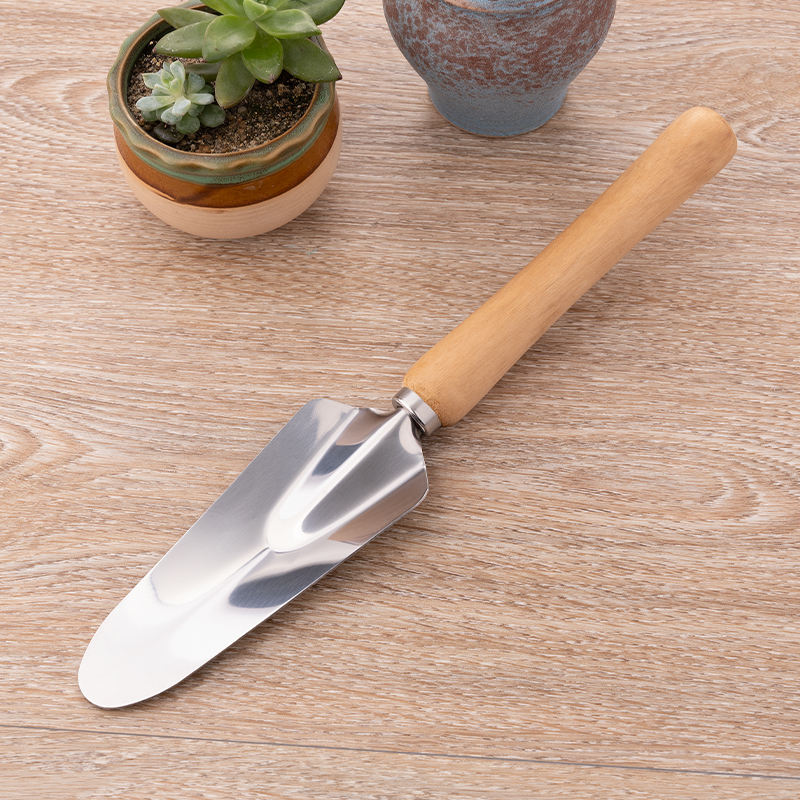Deciding between wooden and plastic tool handles depends on various factors, including the type of tools, the tasks you perform, personal preferences, and the overall environment of your workshop. Both materials have their own advantages and disadvantages. Let’s compare wooden and plastic tool handles to help you make an informed decision:
Wooden Tool Handles:
Advantages:
- Aesthetics: Wooden handles often have a classic and timeless look that adds a touch of craftsmanship to your tools.
- Comfort: Wood can be shaped and contoured to fit your hand comfortably, providing a natural grip and reducing hand fatigue during extended use.
- Absorption of Vibration: Wood has a natural ability to absorb and dampen vibrations, making tools with wooden handles more comfortable to use for tasks that generate vibrations, such as hammering or chiseling.
- Durability: High-quality hardwoods like oak, maple, and hickory are strong and durable, making them suitable for heavy-duty tools.
- Repairable: If a wooden handle becomes damaged or worn over time, it can often be repaired or replaced with relative ease.
Disadvantages:
- Maintenance: Wooden handles require periodic maintenance, such as reapplying finishes to protect against moisture and wear.
- Limited Chemical Resistance: Wood can be affected by chemicals and solvents, which may lead to degradation over time.
- Cost: High-quality hardwoods can be more expensive than some plastic alternatives.
- Potential Splintering: Poorly finished or damaged wooden handles may splinter, posing a safety hazard.
Plastic Tool Handles:
Advantages:
- Low Maintenance: Plastic handles are generally more resistant to moisture and chemicals, requiring less maintenance than wood.
- Cost-Effective: Plastic handles are often more affordable than high-quality hardwoods.
- Variety of Colors: Plastic handles are available in a wide range of colors, which can help with tool organization and identification.
- Lightweight: Plastic handles are generally lighter, making tools easier to maneuver.
- Consistency: Plastic handles offer a uniform and consistent grip surface.
Disadvantages:
- Less Aesthetic Appeal: Plastic handles might lack the traditional and aesthetic charm that wooden handles bring to tools.
- Vibration Transfer: Plastic handles may not absorb vibrations as effectively as wooden handles, potentially leading to more hand fatigue during vibration-heavy tasks.
- Limited Customization: Plastic handles might not be as easily customized or repaired as wooden handles.
Choosing Based on Tasks and Preferences:
- Heavy-Duty Tasks: For tools used in heavy-duty tasks where vibration absorption and durability are crucial, wooden handles could be preferred.
- Comfort and Craftsmanship: If aesthetics, craftsmanship, and comfort are your priorities, wooden handles might be more appealing.
- Low Maintenance: If you prefer low-maintenance tools that are resistant to chemicals and moisture, plastic handles could be more suitable.
In the end, the choice between wooden and plastic tool handles depends on your specific needs, the types of tasks you perform, and your personal preferences. Some workshops might opt for a mix of both materials based on the tools and their intended uses.


